PHOTOGRAPHY BY MAYA IMAN / VIDEOGRAPHY BY CARLOS DUPOUY
Chicago-based designer and creative director Chaz A. Jordan details his beginnings of designing his first brand Au Courant in 2011, his massively successful launch of IH NOM UH NIT, how he and Migos’ Offset developed Laundered Works Corp and details regarding his Parisian brand 1989 Studio in our latest video editorial cover story.
We caught up with Chaz Jordan in Los Angeles as he pulled up to the DTLA-shoot with garment bags featuring pieces from his past work with Laundered Works Corp as well as his upcoming Parisian label 1989 Studio which features a range of Croc-leather bags, tees, leather pants, hoodies and more.
Define the term designer in your own words?
Chaz A. Jordan: I think a designer is: going back to the original sense; it’s someone who has an appreciation for the craft of making. Not necessarily clothing cause you didn’t say fashion designer [laughs]. So, I believe a designer is someone who has an understanding and appreciation for whatever it is that they are in essence designing. So, not just putting stuff together for lack of better terms just presenting it to the world but you actually know each of the components that go into making the whole.
Define your style.
I’ve been told ‘subdued luxury’ I guess, is the easiest way to put it. Probably the most accurate, to be honest.
Yeah, I can see that term fitting your style in term of what you design and wear.
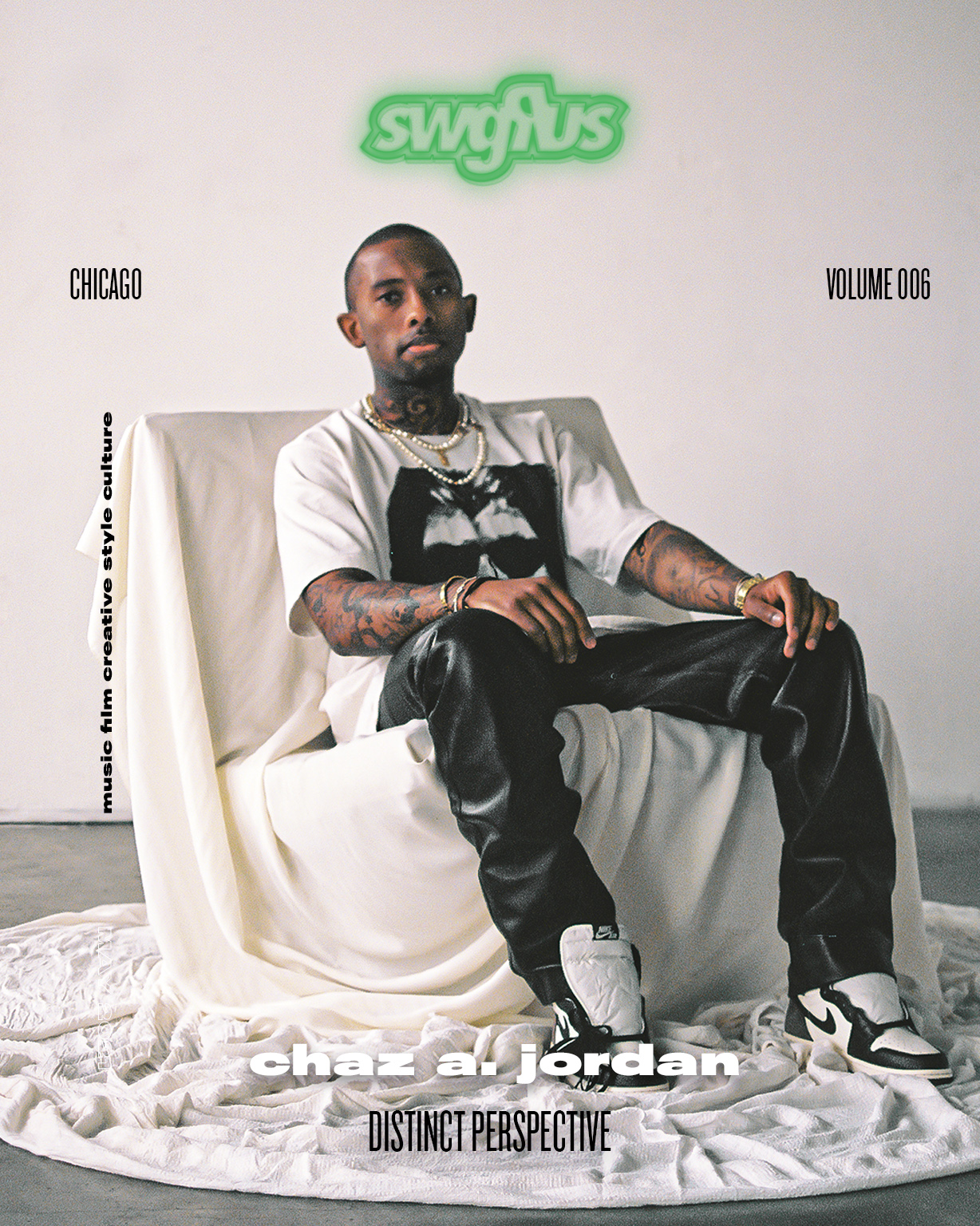
What type of brands do you mostly or naturally gravitate towards and why?
I think brands that share similar values to that term ‘subdued luxury’ — so far away from logo, heavy logo driven. Just garments that can last and that have versatility are the biggest things for me. If it’s something that’s simple enough that I can layer it or pair it with something else, y’know… If I want to wear it three days out of the week and I can do so without drawing attention to, “Oh, that was, you know, what you had on yesterday” because there is so much going on with the particular garment. So brands that are like that and don’t try to do too much because we’re very much in a period of everyone’s just trying to do so much shit. And none of it is working, which is why you have more stuff that’s being introduced into the market because they’re just going to keep throwing until something sticks.
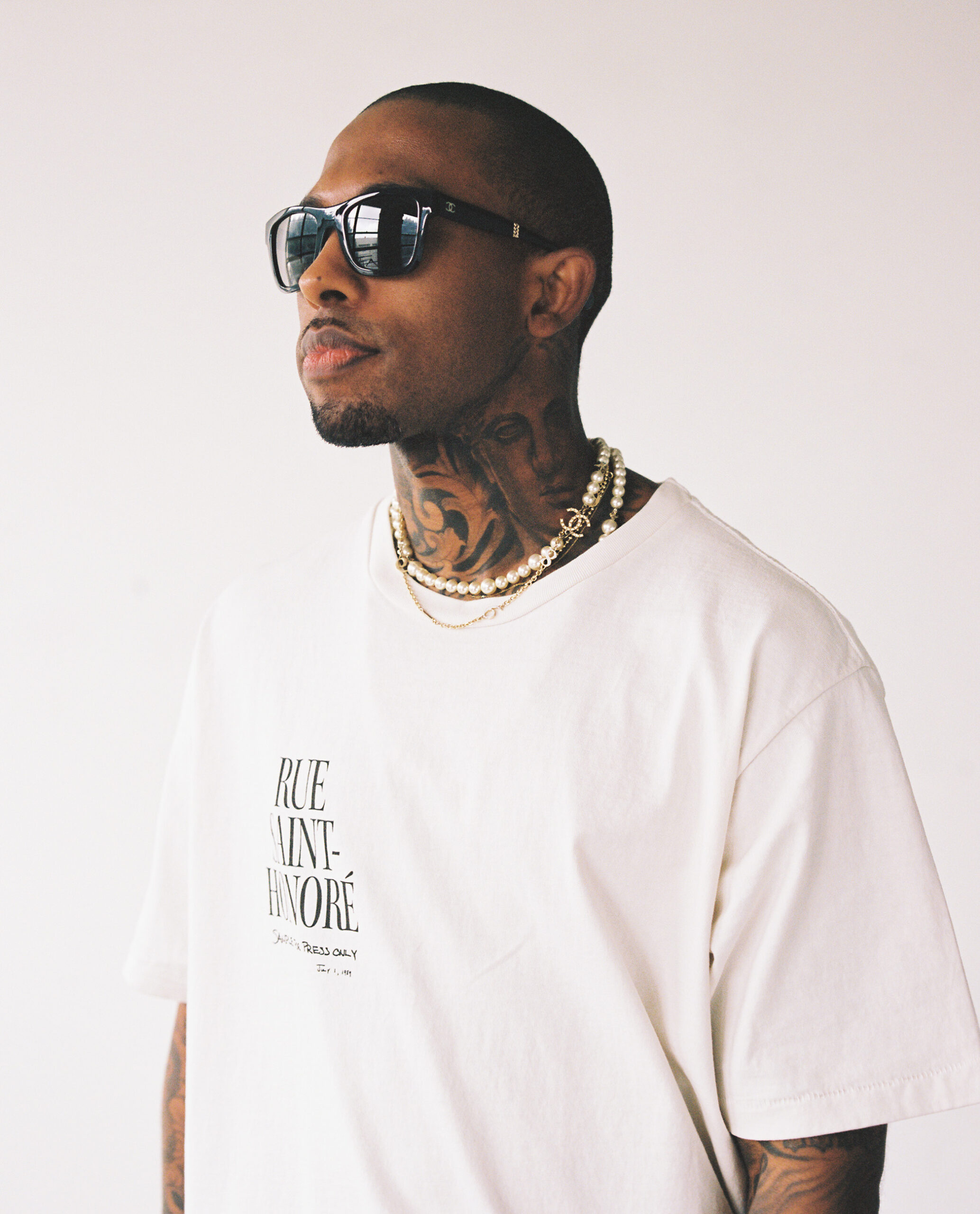
When did you realize you wanted to make clothes?
I don’t know the exact moment but sometime in 2011. It was the year I had that initial conversation with Don C and I was telling him I wanted to make my own stuff and asking for advice or any recommendations in terms of how to get started or more specifically if there were any manufacturers in Chicago. And then he ended up putting me on to a contact who was a close friend to all of us and from there it developed into what it is today. I think that particular moment is when I made the decision to put some time, energy and efforts toward doing this.
So the first piece you designed, do you remember what that looked like?
Yes. Everybody remembers how that piece looks like cause it’s grailed now. [laughs] But the first piece was a wolf sweatshirt with zippers on the side (Au Courant). It was like we were doing it at the time where I think Kanye was just starting to get with Givenchy and Riccardo Tisci. That sweatshirt had the jumbo print on the front with the side zippers — it was very much at the forefront of that whole movement.
That, then, was the piece we did a collaboration and pop-up with FourTwoFour on Fairfax. That was actually our first in-store event. And we ended up selling out of those in 13 days.
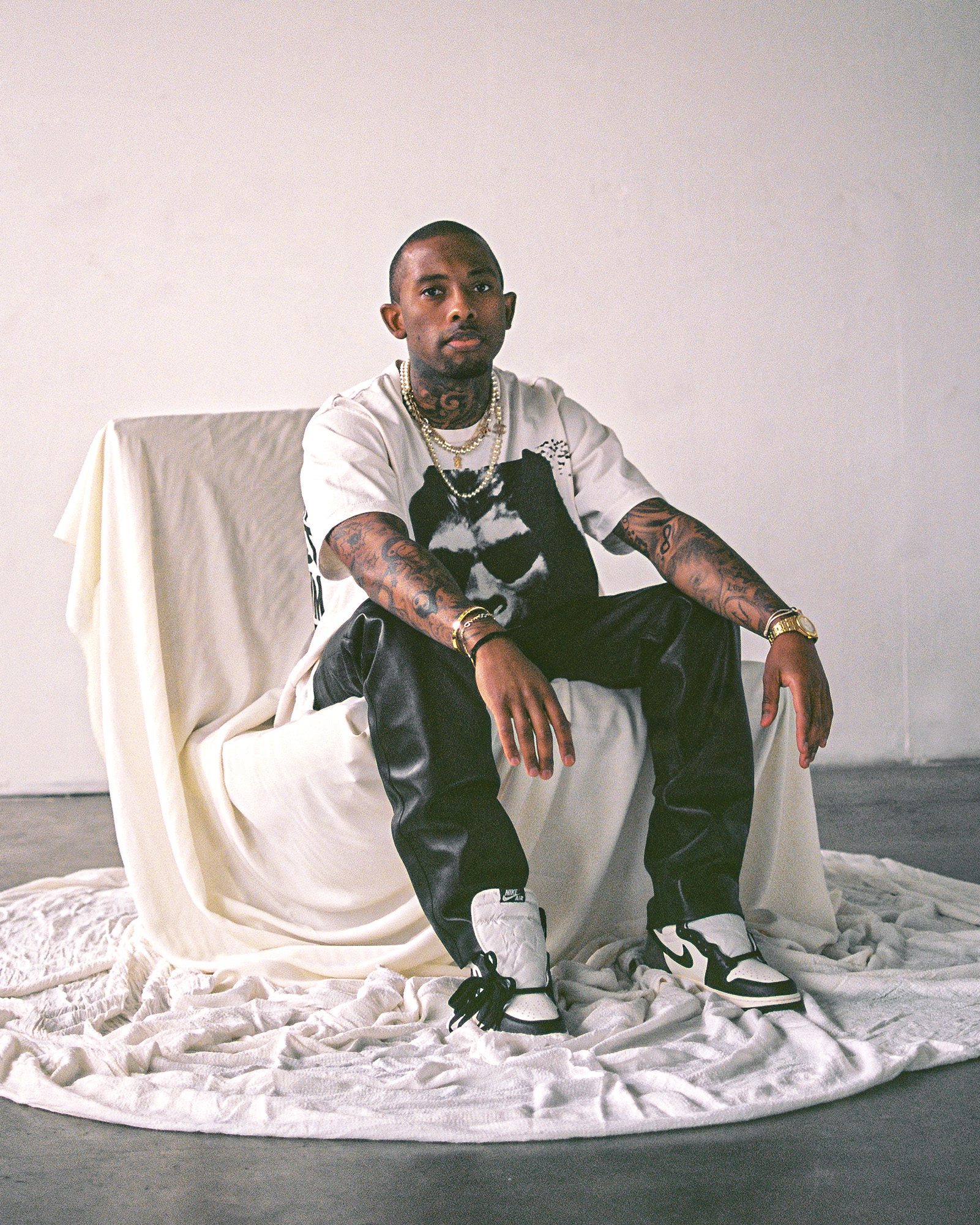
That era was an amazing time in fashion.
It definitely was. I just had a conversation with Allen Oniya from Upscale Hype two and a half weeks ago.
Wow. So your first collection debuted at FourTwoFour.
Well, it went online first and then Guillermo picked it up and then we started to work on the logistics of coming out to Los Angeles to do a pop-up experience. We launched the first night of the Kanye West & Jay-Z: Watch The Throne concert in Chicago and then we all kind of wore them to the concert that night. So I definitely remember the launch of [Au Courant] for sure.
I will never forget that time or that concert. I actually just spoke to, Mike Carson, one of the directors for the Watch The Throne documentary.
Yeah, Mike Carson & Waxx. That was all part of the crew.
It’s amazing that you were a part of that on the fashion side during that era.
Au Courant was the avant-garde brand which was more in line with Rick Owens, Givenchy, Balmain.
When did you forego Au Courant? What made you decide to do another brand?
I was doing [Au Courant] in Paris actually and one of the managing partners from Rick Owens reached out and that’s when I knew it was getting pretty intense in terms of visibility. I knew I didn’t want to do avant-garde and get pigeonholed because Rick Owens is essentially at the top. So it’s very difficult for me to surpass him. I just wanted to open up the brand to go more lifestyle with less or fewer restrictions. When you’re doing a monochromatic, you know, avant-garde brand you can only go one of three ways: it’s gray, black or white, that’s it. So I knew I wanted to do more than that then that’s when I decided to kind of transition from that into what became a IH NOM UH NIT.
Talk to me about IH NOM UH NIT which was the first brand I noticed from you. You started that in what year?
We incorporated in 2017. I started it in 2015-2016 but I just never released the collections. I was just like legit just doing shit because I felt like it. I really wanted to see what we could push now that I was back in the States so I knew my development capabilities were limited. So, it was a lot of R&D with Los Angeles space, factories and companies. The first few seasons, I just did straight ready-to-wear I was still doing like couture-level clothing at the time trying to figure out who could do what here and then what I needed to produce overseas. Then we finally found our pocket and once I had the team assembled; it just started to flow.
I want to know what inspired the name IH NOM UH NIT because I feel like a lot of people don’t know how to say this name.
Yeah. A lot of people don’t know how to say that name actually.
Which is crazy because it’s so popular.
Yeah. I mean, you know, it’s honestly the phonetic spelling. So I’ve tried to make it easy for everyone, but everyone went the complete opposite direction of what I was trying to do. It’s the English word innominate it’s just a phonetic spelling of that word. And I also didn’t like how ‘innominate’ read on a page.
That’s very clever. We’ve seen so many people in this brand. I remember seeing it for the first time and I’m thinking it was official Yeezus merch.
Oh, I appreciate that. I’ve never gotten that before.
Honestly, you should have probably been the creative director for some of the Yeezus Tour merchandise because there were some things that I felt was missing from that tour experience that we never got.
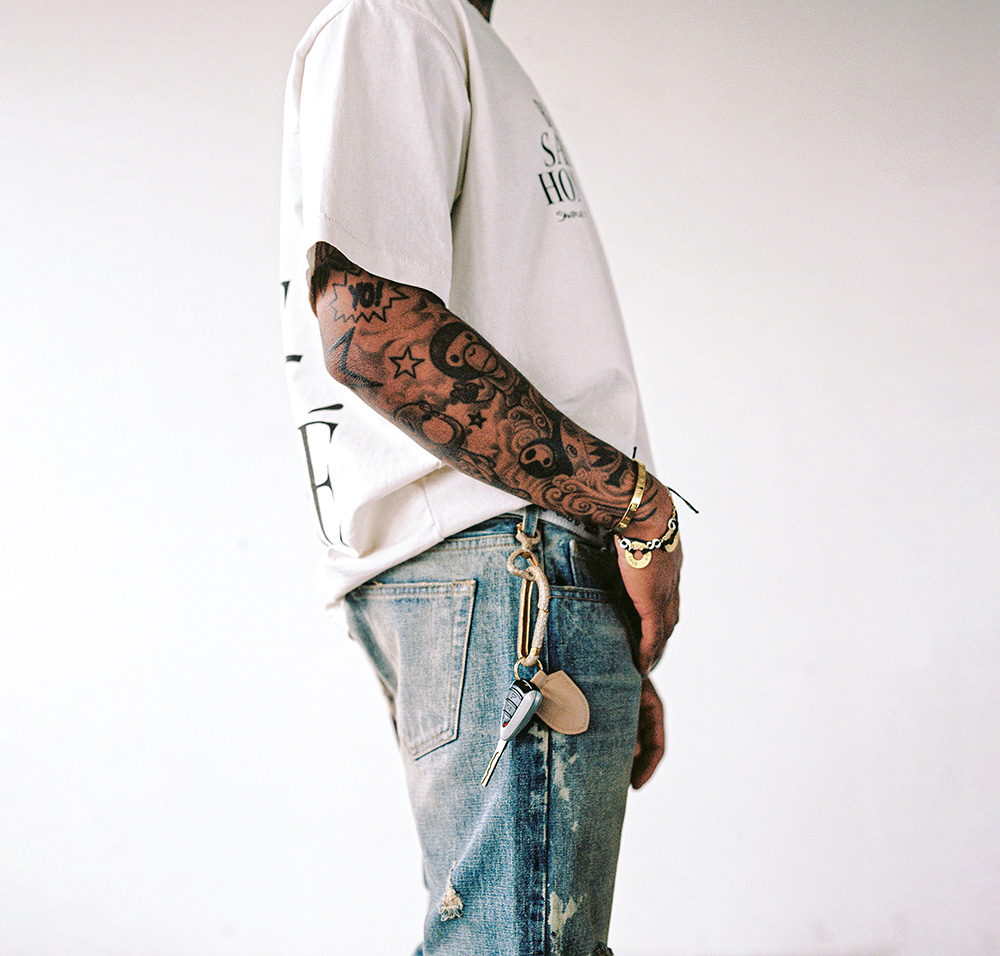
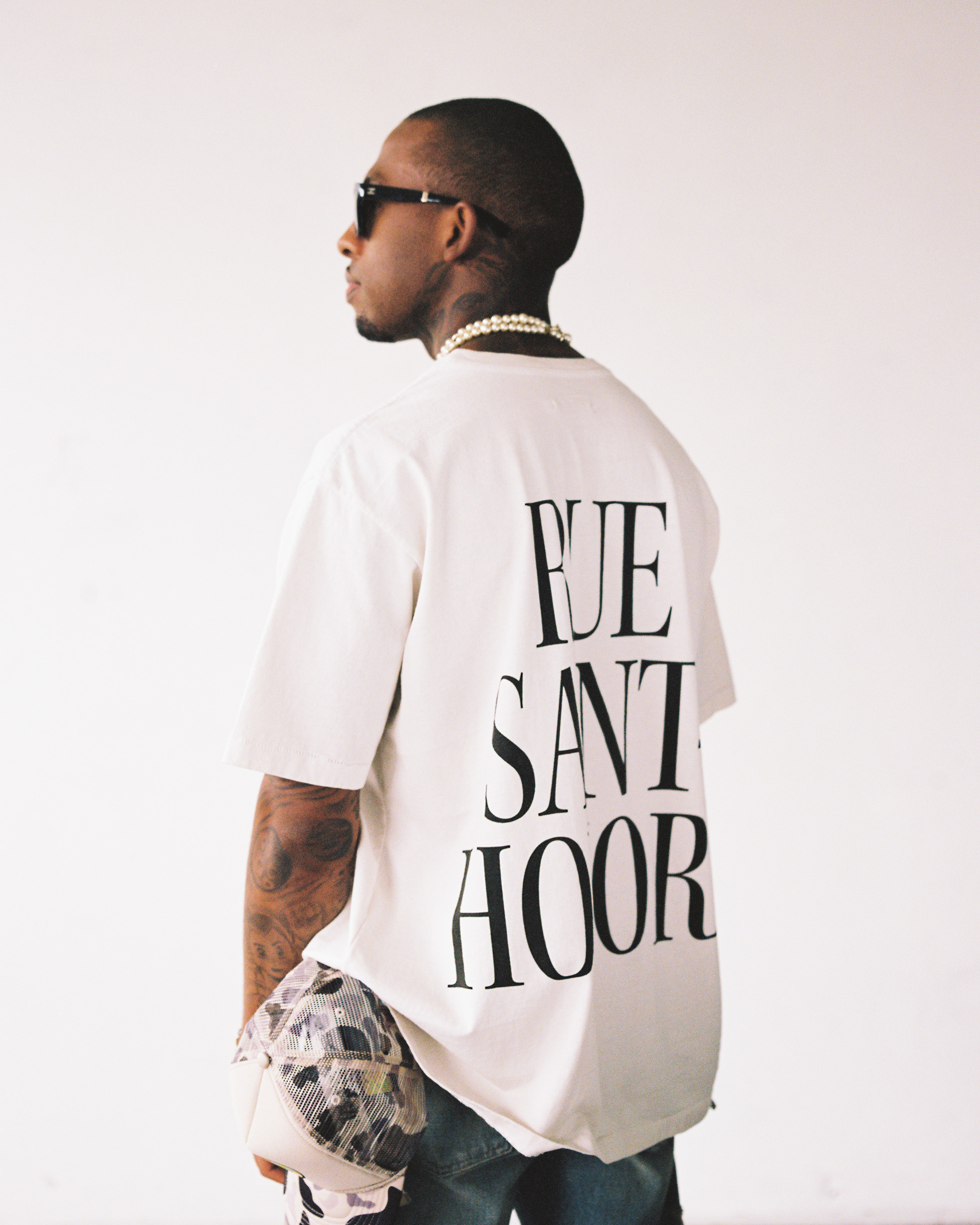
We’ve seen everybody from like Ciara, 2 Chainz and Diddy; a lot of people in this brand how does that validation feel like knowing that people was gravitating towards your work without like really forcing them to?
Thankfully, it was all love but I think that was a result of me being who I am and not trying to portray the image of something else. So, naturally when people see that they can make a quick assessment and say, yes, I’mma mess with this, or no, I’m not going to. When the clothing matched the person [designing] I think that’s what made it take off so fast. It was like that first jump was with 2 Chainz, Kanye and Andre 3000… after that, that particular article went nationwide overnight. I think it was like every major publication in the U.S. had that on the front page from like People magazine to MTV. I had like a hundred and something text messages the next morning.
From there it was just like, it took off, but I also didn’t have the restraints of this is how you release product during this time, during this season. So, as I thought of this stuff, that’s when I was dropping it. I think the combination of the press catching on as well as me dropping product as quickly as they were catching on was what fueled that fire. The next 2 – 3 weeks we were dropping something else for them to keep going so by the time somebody catches on to something we’ve already released two more products. It was an excitement for everybody. It was global. Once we hit Asia and I had G-Dragon wear it on TV it was out of here.
Being from Chicago, who did you look to for vehicles of inspiration to think this globally?
Well, I was already traveling out of the country since I was like, probably pre-teens once every year. So I had that exposure to a lot of the places that’s our normal destinations now. And then also being downtown Chicago on Oak street, like just being in that environment, you know, we’re exposed and you hear the same thing and Ye’s raps. I mean, you know, all of that stuff that he’s talking about is just from being downtown. Seeing all of that wealth in that opulence happening Downtown Chicago especially in the 90s and early 2000s made it apparent. From the politicians to having the Chicago Bulls and references from Jordan and that whole crew… it’s all these things you see in your own environment. Those things felt accessible to a degree and the pairing that with when I traveled to things I would see there.
With Kanye West being such a centerpiece in everyone’s Chicago experience and how he prospered, do you feel any amount of pressure as a designer or creative director from people who has risen in his footsteps like Virgil Abloh or Jerry Lorenzo? Do their experiences drive you to create in the best way possible?
I don’t think it’s necessarily a driving factor. Because we all, you know, we all came up together, essentially. It’s all just validation that whatever we think or whatever we believe is possible within our respective fields, we can pretty much get there. So as one person knocks down a door , the next person follows is just validation to keep pushing it collectively.
I did notice on Instagram that your name is Skateboard C, what does Pharrell mean to your journey as a designer and artist in fashion?
Well, I mean, Pharrell is the legend, right?
He’s Dad to everyone.
Facts. I mean, if you compare him and Ye, for example, Ye is very much the loud, the outspoken, the “you’re just going to hear me from brute force” person, right? That’s his approach. Pharrell on the other hand is very much more of a strategist and more analytical with the moves and the decisions that he makes. This is how he was able to grab these deals with Chanel; something that had never been done. He was the only person riding around in an Enzo, you know, early 2000s before people even knew what that was. It’s like, he’s always been no pun intended light years ahead… taking from that alone you kind of just formulate your own approach. I couldn’t sum up his meaning to me in the short amount of time, it would take way too long.
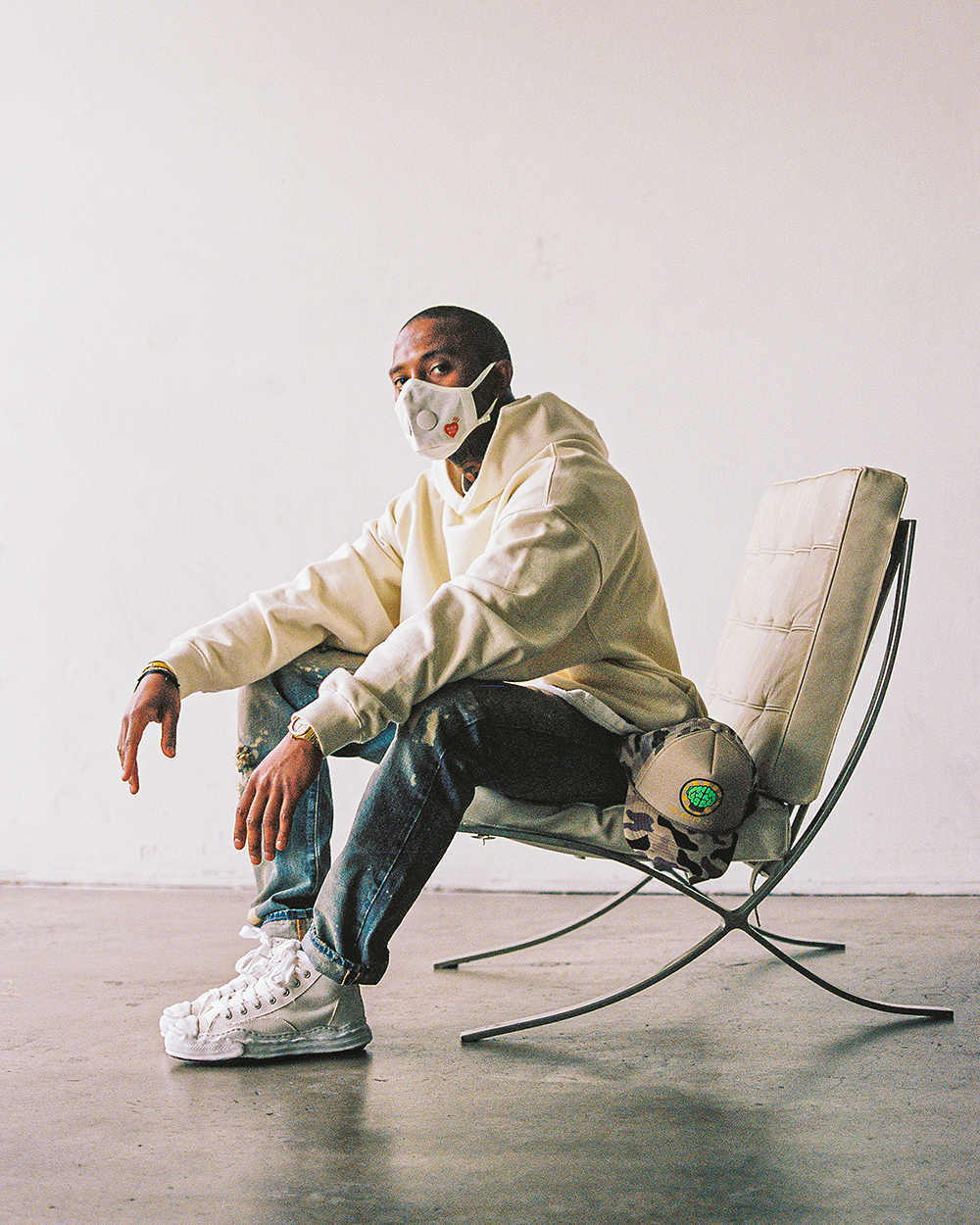
Honestly, Pharrell is a pioneer of sound, design, fashion, art. It’s so much he’s contributed to culture but I do recognize how he’s directly influenced you and feel like it was a cool ode to him to self-identify a homage name like Skateboard C.
It was funny because when I did it initially, it was just as like, I’m going to do it and just leave it because I knew what it meant. And then naturally people just started picking it up and then started using it. And then I was like, okay, now I’m starting to understand that you understand the similarities between the two. [laughs]
The label you designed with Offset, 1/3 of group Migos, Laundered Works Corp debuted at Paris Fashion Week in the top of 2020. It was one of the best lines that I had seen during PFW especially being spearhead by an artist in a long time. It didn’t feel contrived at all. What inspired the aesthetic of Laundered Works Corp?
So that particular collaboration, in short, came to be because Offset, Quavo and Takeoff, the whole Migos crew, they’ve always rocked with IH NOM UH NIT heavy but they never knew that it was me behind it. Because as you know, I didn’t become a public facing figure until like 2018. So we will always speak on Instagram via @ihnomuhnit‘s account.
When we finally met, we were doing a cover shoot for Haute Living here in Bel Air and I came to set with that particular collection. I had just launched the first season of Laundered Works Corp. and I obviously seen him on a bunch of the tours — like when we were on the Drake tour and other events but again we never clicked because we didn’t know each other. We just always knew we saw each other all over the place. When we met that day it was like everything came to a head. Offset basically said “I fuck with you as a person, what you’re doing creatively on both fronts, you know, how can we work?”
And then from that day, it started to develop into “Ok, I know what your style is as [Off]set. So, how do we translate that into what we’re doing?” And then, I think we were devving for about three months back and forth like eight hour meetings every time, all day. From there it was taking his ideas and concepts and then bridging the gap with what I wanted to do. The hardest part was just finding that thread to tie in what I would produce with his style and his look to make it seem like one cohesive collection.
I think you did a phenomenal job too. I appreciate the sneakers, coats, furs, everything all the textiles you used; it felt premium.

On God Hoodie / 1989 
On God Hoodie / 1989
We got a sneak peek into an upcoming brand 1989 Studio and Rue Saint Honore during the shoot; can you tell us a bit about the brand?
So it’s the same brand. That’s just the particular graphic for 1989. So the Rue Saint Honore comes into play going back to like my time in Paris which I would easily say is like my most formidable time in terms of like my profession in my career. But that’s the most, I would say, most iconic street in Paris. That’s where Collette was. That’s where Goyard is and all the other [iconic] stores. So 1989 Studio came about because I wanted to do a mass market brand because IH NOM UH NIT has just become more expensive as it’s grown. So, 1989 Studio was the answer to ‘how do we make something for the youth that would still be as impactful but easier on their wallets and more importantly their parents’ wallets.
That’s where the idea came to how can we slash these prices by 50 to 60% but still keep the same quality. Fortunately, all of my manufacturers and suppliers were like, “Whatever you want to do were on board.” So, I was able to get that same level of quality that I produced for the other brands to a degree but just stripping the price back because there are fewer people involved and because of our go to market strategy is completely different than the other brands.
That’s very honorable to try to get these quality garments to people who want to be able to afford it but possibly couldn’t.
It’s the same concept. I mean, all of them, like nothing new under the sun, as it, as the saying goes. And if you look at what Ye was trying to do with YEEZY, I mean, he kept telling everybody, like, I’m trying to get this price down, but what people fail to understand is it’s not spiking prices intentionally, they just don’t have the insight that we have. What happens is when you’re doing these deals and you have all of these other factors in place — there are so many people that have to be paid and compensated to cover the expenses just to get those brands off the ground. You have to make enough to cover your overhead plus enough in profits to them pay everyone out what they should be paid. This is how you get items that only may cost $20, but then they ended up being $300 retail because it’s so much baked into that price. It’s always a matter of how can I keep the quality as high as possible while lowering the costs. That’s everybody’s struggle no matter what business you are in. Once you figure out that… it’s a wrap.
So during the time when Kanye was frustrated having interviews about how to get the prices of his clothes cheaper and make the prices low, you understood exactly what he was saying?
Yes. Exactly.
Most of the general public does not because they don’t own a clothing business where they don’t know what it’s like to design a brand from Paris. Do you think that its just a big misunderstanding between consumer and brand?
Yeah. I mean, because we’re still dealing with that with some of my other brands which is why I’m working hard now… which is why I have to go to Europe today to get those prices down because we know how big our audience is for IH NOM UH NIT, for example, and we know the volume that we push. Common sense tells you if you lower that price, you exponentially grow the business in terms of sales. The question is how do we find that middle ground to where everybody is comfortable? So, that’s what I’m working on now that I’ve regained control of that in terms of creatively. My biggest thing is to completely update that brand and bring it into 2021 or 2022 much lower prices.
Well, I’m excited to see what you have in store. I noticed you also play a role at Opus United. Can you tell us a bit about the role that you play at that agency?
Yes. My role at Opus just transitioned from full-time to now on a project basis. [My role] is more so coming in as a cultural strategist specifically focusing on the fashion and how fashion impacts culture. Our actual job is to elevate these brands and help them enter into the market more specifically into culture in a way that’s relevant, but also in a way that’s genuine and authentic to them so it doesn’t land on deaf ears.
So, my job is to lend that insight from within the culture to say, okay, this is what I think is coming up or this is what is very much in the moment and how we can apply whatever your product is into this market.
Do you feel like that is important as a creative to understand the business of marketing?
100%. You’ll a lot of money if you understand that because then you don’t have to go out and have someone advertise or market your products. At the end of the day, if you’ve created it, you know exactly how it should hit and how it should be perceived. So if you can execute that exactly how you see it those are the people in companies that tend to see the most success.








You must log in to post a comment.